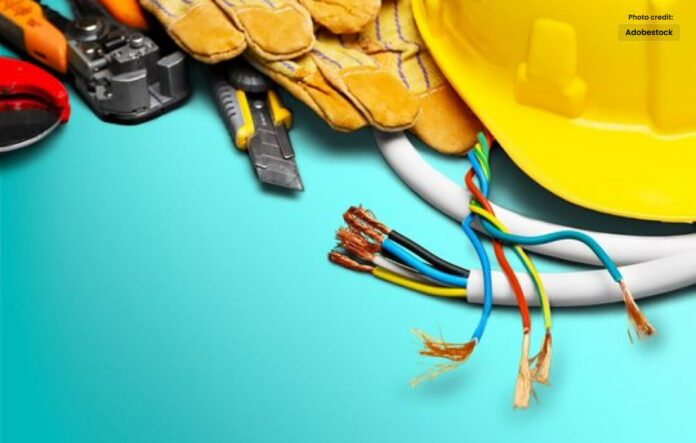Electrically confused? Our Recent blog simplifies electrical power.
Introduction
Electricity is a fundamental part of our daily lives, yet the science behind it can seem like a daunting puzzle. Understanding the basics of electrical power is essential not just for scientists and engineers, but for everyone. In this blog, we will demystify the complex world of electricity, making it accessible for beginners. Whether you’re a student, a homeowner, or simply curious, this guide will help you grasp the fundamental concepts of electrical power in an easy-to-understand manner.
Electricity 101: The Basics
At its core, electricity is the flow of electrons. These tiny particles carry electric charge, and when they move, they create an electric current. This flow of electrons is what powers our appliances, lights up our homes, and drives technological devices.
Understanding Circuits
A circuit is a closed loop through which electrons can flow. It consists of components such as wires, switches, and resistors. Wires provide a pathway for the electrons, switches control the flow, and resistors regulate the amount of current in the circuit. Learning how to create and manipulate circuits is crucial to understanding how electricity works.
Voltage, Current, and Resistance
- Voltage (V): Voltage is the force that pushes electric current through a circuit. It’s akin to the pressure in a water pipe; the higher the voltage, the more electrons will flow.
- Current (I): Current is the rate of flow of electric charge. It’s measured in amperes (A) and represents the quantity of electrons passing through a point in a circuit per second.
- Resistance (R): Resistance opposes the flow of electric current. Components like light bulbs and appliances have resistance. Resistance is measured in ohms (Ω) and determines how much current can flow through a circuit.
Safety First: Tips for Dealing with Electricity
- Never touch bare wires: Always assume a wire is live unless you’ve verified otherwise. Use insulated tools and wear safety gear when working with electricity.
- Turn off the power: Before working on any electrical circuit, turn off the power at the source to avoid electrical shock.
- Avoid water: Water and electricity don’t mix. Keep electrical appliances away from water sources to prevent accidents.
- Don’t overload circuits: Plugging too many devices into one outlet can overload the circuit, leading to fires. Use power strips with built-in circuit breakers to prevent overloads.
Conclusion
Electricity doesn’t have to be a mystery. By understanding the basics of electrical power, you can navigate your daily life with confidence and make informed decisions about electrical devices and safety. Remember, knowledge is power, and in this case, it’s the power to stay safe and use electricity responsibly. Embrace the fundamentals, and you’ll find that the world of electricity isn’t as intimidating as it seems. Happy exploring




